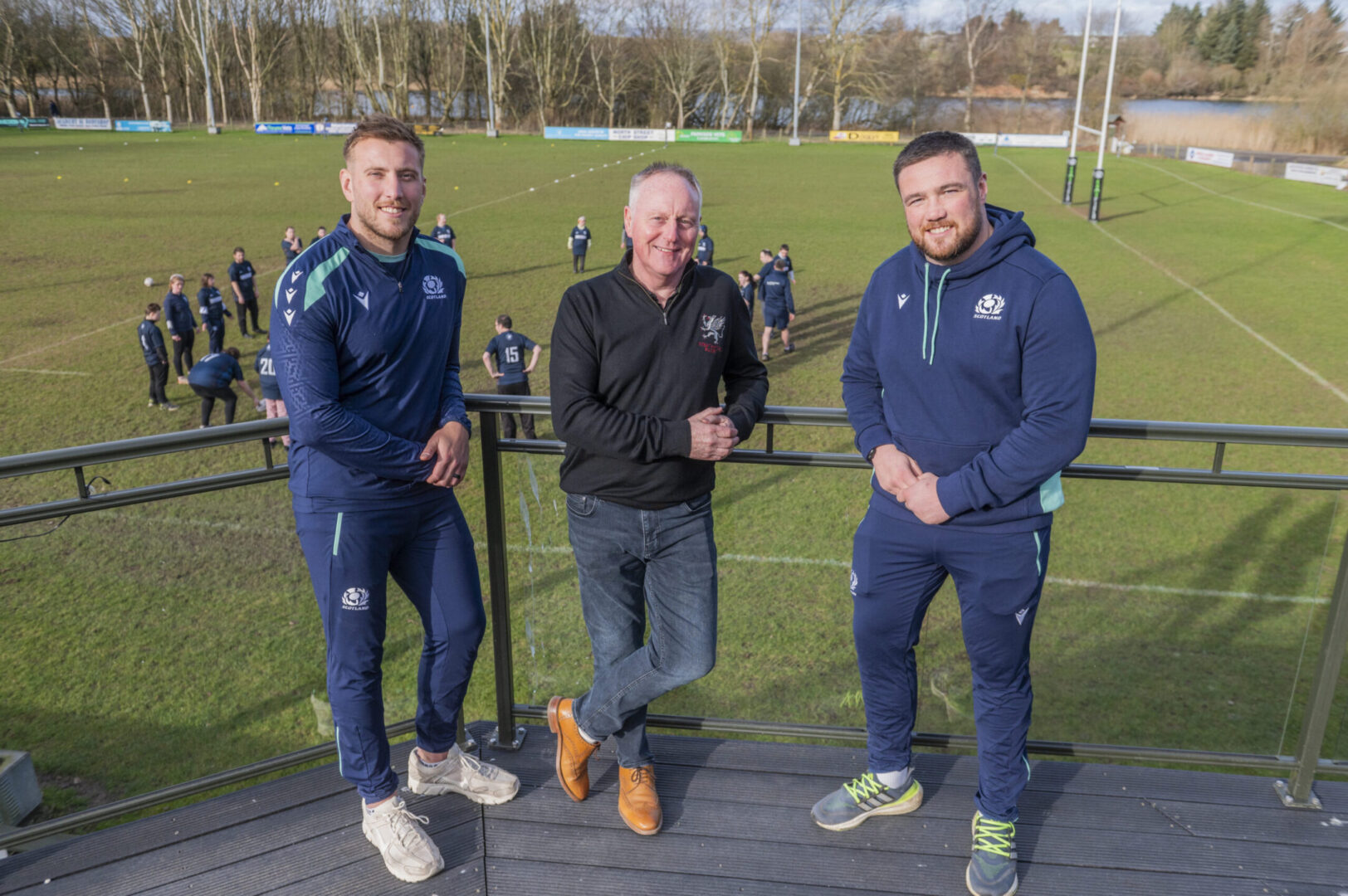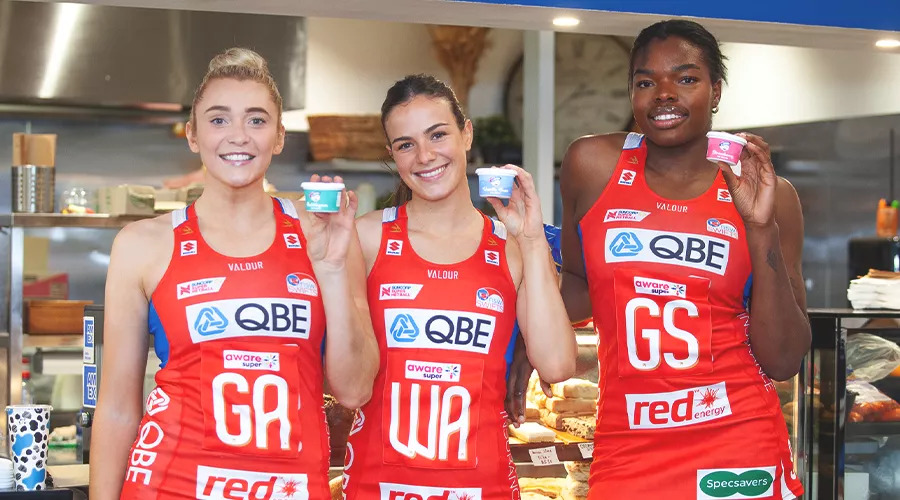[mkdf_dropcaps type=”normal” color=”#f55549″ background_color=””]W[/mkdf_dropcaps]
ith women’s sport on the rise in an extended period of growth and recognition, brands are becoming more conscious about how their sponsorship dollars are being distributed between men’s and women’s sport.
Frank Recruitment Group senior vice president, James Liley, spoke to Ministry of Sport about the organisation’s goal to support both men’s and women’s sport equally.
“Frank Recruitment Group started sponsoring Rugby Victoria about three or four years ago…,” Liley told Ministry of Sport.
“It didn’t feel right to say to Rugby Victoria, ‘can we back the women’s game instead [of the men’s] because we know they’re underfunded from grassroots all the way up to the Super W’s level’.
“It didn’t feel right to switch our sponsorship 100% to the women’s game, so what we decided was any sponsorship we put forward we must make sure those dollars are going 50-50 between the males and females to make sure the men’s and women’s games are equally funded.
“The numbers and the value don’t really matter, it’s the message we are going to our partners with to make sure we can grow the game from grassroots all the way to the elite level on both sides,” he said.
Discussing how other brands can work to ensure their sponsorship dollars are being distributed equitably across both men’s and women’s sport, Liley said proactive conversations are key.
“We then wondered how many sponsors out there realise the women’s game is underfunded and sponsorship dollars don’t necessarily go straight to the women’s game, so we want to raise the awareness,” Liley said.
“Great companies out there are putting sponsorship dollars into sport, but they need to look at where its going and making sure those sponsorship dollars are equitable across both men’s and women’s sports.
“When a sponsor goes to sponsor a team or a sport in general, a lot of times their expectations aren’t to get massive earnings, a lot of the time it’s a passion of theirs and it’s the right thing to do.
“It’s not necessarily about a monetary return, it’s a lot of looking to make sure their values align and they’re growing themselves as a business as well as the sport they are sponsoring.
“The issue with the men’s and women’s sport sponsorship is that its just not a conversation that’s thought of or talked about in terms of tracking where sponsorship dollars go.
“If you look at headline figures and all the releases that come out through places like Ministry of Sport, when you look at these new sponsorship deals, there’s big dollars that are spoken about.
“It doesn’t really look at how its tackling the issues on the ground today all the way down to grassroots and how the sponsorship dollars support the grassroots level so that in Australia we are developing the next generation.
“Fair enough our elite sport needs that sponsorship and that funding, but for us to better as a nation in terms of creating competitive sports teams, we really have to look at that at grassroots level and its investment for the future to make sure we field great athletes.
“That’s where we need to be really conscious about where this funding is going to make sure there’s equity across the men’s game and women’s game all the way from grassroots all the way to the elite level,” he said.
Talking about the opportunity available for women’s sport to reach new heights with equitable sponsorship spending, Liley said: “One of the avenues we need to address in women’s sport is making sure women have their own methodology of creating their own income.”
“There are a lot of critics saying: ‘well people don’t pay to come and see the women play’ or ‘all the revenue is generated from the men’s merchandise and etc.’.
“Firstly, you need to give the women the opportunity to drive their own merchandise and create their own revenue streams.
“We can’t just take a model that works in men’s sport and put it straight into women’s sport, that doesn’t work.
“In terms of the opportunity in women’s sport, you look at the female athletes, they are impressive women to be sponsoring, great ambassadors.
“Not that the men don’t, but the female athletes take a lot of time and effort in terms of making sure they appreciate their fan base and the support they get.
“At the moment, I think women are feeling thankful in sport, and that shouldn’t be the case, women shouldn’t feel thankful for being able to play their sport, women should have exactly the same opportunity that the men do to play their sport from grassroots through to the elite level.
“I think we will see a lot more sponsorship dollars going into women’s sport as soon as people start understanding the value they get from that,” he told Ministry of Sport.







